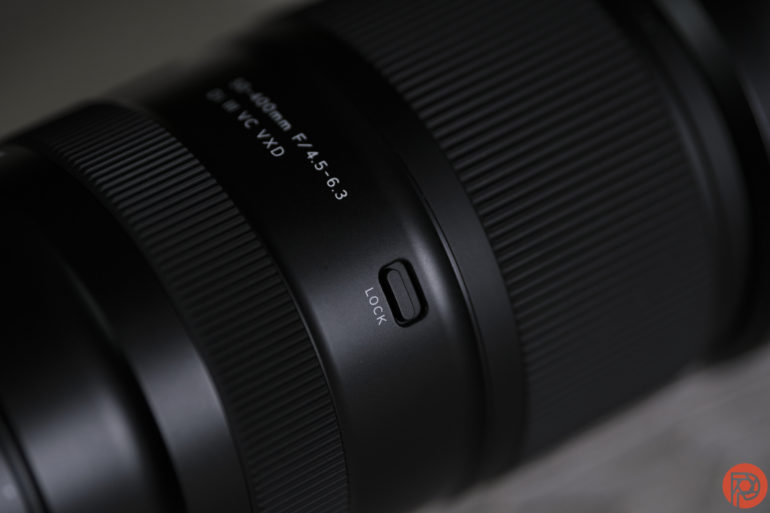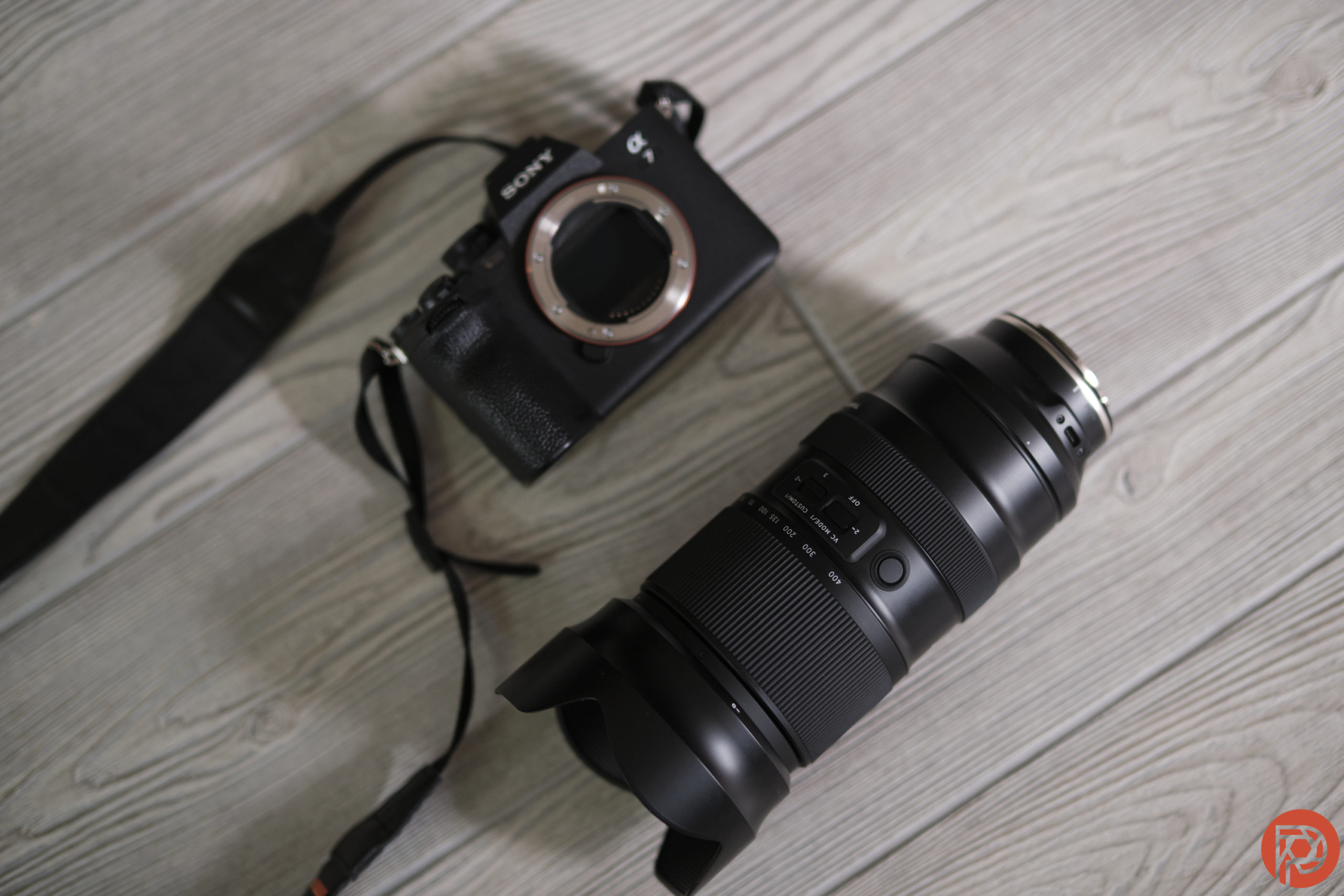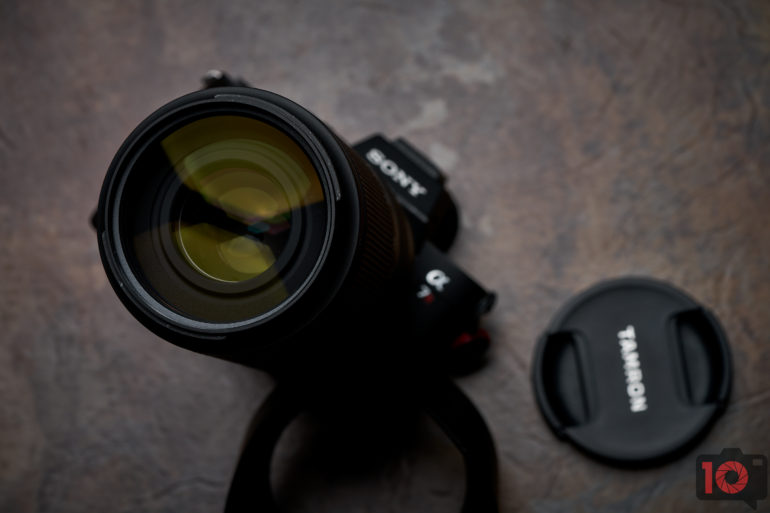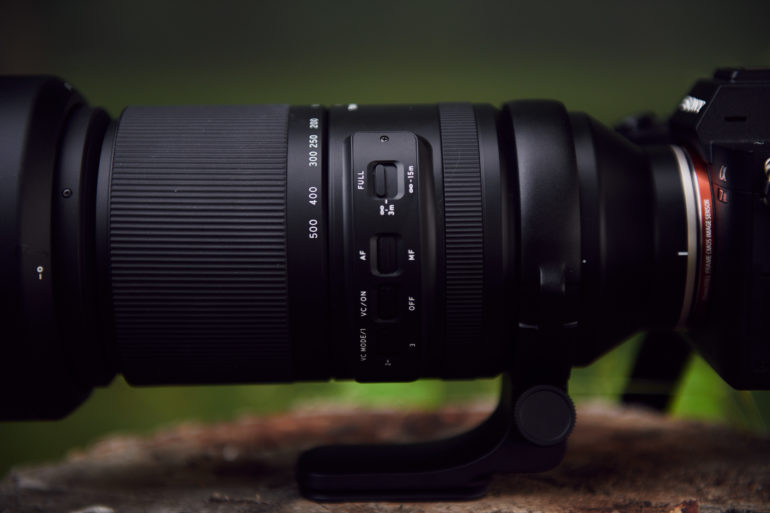Why did you buy a camera? If you’re new to photography, it’s probably because you wanted better pictures than what your phone gives you. Lots of folks do it because they want a telephoto lens that lets them zoom in on a scene. This is far better than using the digital zoom or other lenses on your smartphone. And so if you’re buying your first lens, we’ve got a few fantastic options to recommend. More importantly, we’ve tested all of these lenses.
This piece is presented in partnership with TAMRON. We’ve independently and ethically reviewed all the products in this post already without sponsorship. And we worked with them to recommend a few key gems to you.
The Phoblographer’s various product round-up features are done in-house. Our philosophy is simple: you wouldn’t get a Wagyu beef steak review from a lifelong vegetarian. And you wouldn’t get photography advice from someone who doesn’t touch the product. We only recommend gear that we’ve fully reviewed. If you’re wondering why your favorite product didn’t make the cut, there’s a chance it’s on another list. If we haven’t reviewed it, we won’t recommend it. This method keeps our lists packed with industry-leading knowledge. Some of our stories include affiliate links. If you buy something through one of these links, we may earn an affiliate commission.
How to USe This Guide to Choosing a Telephoto Lens

Here’s some insight into how to use this guide on telephoto lenses:
- Our staff has reviewed all these telephoto lenses. Each section has a link to our full reviews. We shot the product images and sample photos in this roundup, so you can trust that we recommend these products with confidence. Choose a telephoto lens for you that will balance weight with speed.
- Most professional photographers know a telephoto lens isn’t a substitute for getting closer. Sometimes you really, truly can’t get closer. But don’t use a telephoto lens as a crutch. And remember the powerful framing that a wider angle can provide.
- These telephoto lenses have some degree of weather-resistance built in. They’ll do the best job of keeping the sensor in your camera clean. If you pick a telephoto lens from this roundup, know it’s going to be incredibly durable. With that in mind, sensor dust should rarely be a concern.
- These lenses work with Sony’s autofocus system to get great autofocus performance, even in low light.
- These lenses can fill a lot of gaps. Shooting a wedding? Are you a photojournalist? Going to photograph landscapes? Well, these lenses are capable. The Tamron 35-150mm f2-2.8 specifically is a huge winner on this list.
- These lenses use Tamron optics and achieve a unique look. There’s surely character and it’s evident once you load the images into post-production software.
Tamron Nomenclature
Here are some common Tamron terms in their lens naming and what those names mean.
- Di: Tamron Di (Digitally Integrated) lenses are performance-optimized for digital cameras. Lenses with the nomenclature Di are lenses for DSLRs featuring full-frame sensors; Di II for DSLRs with APS-C sensors; Di III for mirrorless cameras with full-frame sensors; and Di III-A for mirrorless cameras with APS-C sensors.
- VXD: (Voice-Coil eXtreme torque Drive) The VXD AF Drive provides the highest levels of autofocus speed and precision in Tamron’s long history. It is Tamron’s first-ever linear motor focus mechanism for stunningly fast and accurate auto-focusing. Two VXD units are arranged in a floating system and operated simultaneously via electronic control to achieve excellent optical performance at all shooting distances near and far. Focus tracking is vastly improved for sports and racing photography.
- G1 or G2: First or second generation of a particular Tamron lens.
- VC: (Vibration Compensation Image Stabilization System) Tamron’s VC uses a proprietary actuator and algorithms to deliver a stable viewfinder image with excellent tracking. The 3-coil system electromagnetically drives the lens element that compensates for vibration, which glides smoothly on three balls with little friction. Several lenses offer different modes for panning and video shooting. VC can also be customized with the TAP-In Console or Tamron Lens Utility. VC should always be turned off when using the lens on a tripod.
- RXD: (Rapid eXtra-silent Drive) The RXD stepping drive uses an actuator to precisely control the rotational angle of the motor, allowing it to directly drive the focusing lens without passing through a reduction gear. A sensor that accurately detects the position of the lens enables high-speed and precise AF, which is ideal when shooting moving subjects or video.
Tamron 50-400mm f4.5-6.3 Di III VC VXD

- Versatile zoom range
- Excellent stabilization
- Lightweight
- Weather-sealed
- Custom controls
- Sharp, technically superb images
- 1:2 Macro focusing at 50mm
- Available for Sony E-Mount
In our review, we state:
Pixel peeping images shot with the Tamron 50-400mm f4.5-6.3 Di III VC VXD, I couldn’t tell that the photos were shot with a non-Sony lens. Subjects are tack sharp. There’s a little chromatic aberration or other annoyances.
Tamron 70-180mm f2.8 Di III VXD
- Affordably priced
- Small footprint
- Lightweight
- Robust weather sealing
- Good image quality overall
- Available for Sony E-Mount
In our review, we state:
Overall, image quality produced by the Tamron 70-180mm f2.8 is good. Despite being lighter weight thanks to its plastic exterior, the Tamron features excellent weather sealing.
Tamron 70-300mm f4.5-6.3 Di III RXD
- Impressively sharp for the price point
- Weather sealed
- Speedy autofocus performance
- Lightweight
- Very, very affordable at $549
- Available for Sony E-Mount and Nikon Z-Mount
In our review, we state:
“This lens exhibits beautiful bokeh. If you’re using it to photograph birds on your porch, you’ll have lots of fun. It’s going to do a terrific job singling out the birds and blowing the rest of the scene out into glorious bokeh. At times it will also look like there’s a swirl or extra smooth bokeh.“
Tamron 150-500mm f5-6.7 Di III VC VXD
- Smaller than competing lenses
- Handheld telephoto shooting
- Versatile zoom range, with close-up ability
- Great color and background separation
- Reasonable price
- Weather-sealing
- Fantastic for Fujifilm X mount and Sony E-Mount
In our review, we state:
“Combined with challenging an autofocus motor to move so many pieces along a large lens, and that autofocus miss rate actually starts to look good. Sony owns a large share in Tamron, so the two companies tend to share autofocus algorithms. As a result, Tamron tends to have better autofocus performance than other third-party lenses.”





